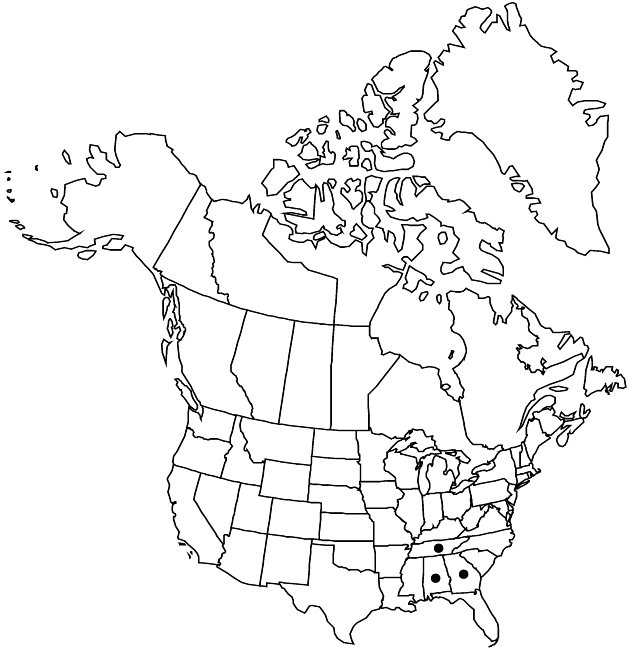Difference between revisions of "Helianthus verticillatus"
Bull. Torrey Bot. Club 25: 479. 1898.
imported>Volume Importer |
imported>Volume Importer |
||
| Line 55: | Line 55: | ||
|publication year=1898 | |publication year=1898 | ||
|special status=Endemic;Conservation concern | |special status=Endemic;Conservation concern | ||
| − | |source xml=https:// | + | |source xml=https://bitbucket.org/aafc-mbb/fna-data-curation/src/2e0870ddd59836b60bcf96646a41e87ea5a5943a/coarse_grained_fna_xml/V19-20-21/V21_400.xml |
|tribe=Asteraceae tribe Heliantheae | |tribe=Asteraceae tribe Heliantheae | ||
|subtribe=Asteraceae (tribe Heliantheae) subtribe Helianthinae | |subtribe=Asteraceae (tribe Heliantheae) subtribe Helianthinae | ||
Latest revision as of 21:12, 5 November 2020
Perennials, 200–300 cm (rhizomatous). Stems erect, glabrous (glaucous). Leaves cauline; usually whorled (3s–6s), sometimes opposite; sessile or subsessile, petioles 0–1 cm; blades linear to lanceolate, 7.5–18.5 × 0.7–3 cm, bases cuneate, margins serrulate or entire (flat), faces puberulent (abaxial) or hispid-strumose (adaxial), gland-dotted. Heads (1–)3–7+. Peduncles 1–10 cm. Involucres broadly campanulate, 15–20 mm diam. Phyllaries 45–55, lance-linear, 12–18 × 2–2.5 mm, (margins ciliate) apices long-attenuate, abaxial faces glabrate to sparsely puberulent, gland-dotted. Paleae 5–8 mm, entire or 3-toothed (apices ciliate). Ray florets 10–19; laminae 20–26 mm. Disc florets 150+; corollas 5–7 mm, lobes yellow; anthers dark, appendages yellow. Cypselae 4–5 mm, glabrous; pappi of 2 aristate scales 2.2–2.5 mm. 2n = 34.
Phenology: Flowering late summer–fall.
Habitat: Wet prairies
Elevation: 100–300 m
Distribution

Ala., Ga., Tenn.
Discussion
Of conservation concern.
Helianthus verticillatus is relatively uncommon and was recently rediscovered in scattered locations; it is a candidate for federal listing as an endangered species. It has been suggested to be a hybrid of H. angustifolius and H. eggertii or H. grosseserratus; no supporting evidence has been found to corroborate that suggestion.
Selected References
None.